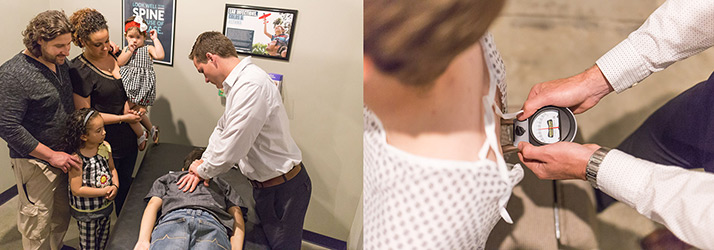Frequently Asked Questions in Green Bay

WHAT IS A SUBLUXATION?
THE ADJUSTMENT
WHAT IS THE POPPING SOUND DURING THE ADJUSTMENT?
HOW DO YOU KNOW WHERE TO ADJUST?
WHAT CAN I EXPECT AFTER MY ADJUSTMENT?
WHEN WILL I SEE RESULTS?
WHEN DO I NEED TO COME BACK?
WHAT HAPPENS AFTER MY CORRECTIVE CARE PLAN IS OVER?
HOW MUCH EDUCATION DO DOCTORS OF CHIROPRACTIC RECEIVE?
Monday
10:00am - 1:00pm
3:00pm - 5:30pm
Tuesday
3:00pm - 5:30pm
Wednesday
10:00am - 1:00pm
3:00pm - 5:30pm
Thursday
8:30am - 12:30pm
3:00pm - 5:30pm
Friday
Closed
Saturday & Sunday
Closed
Foundation Chiropractic Center
2822 Ramada Way #110
Green Bay, WI 54304




